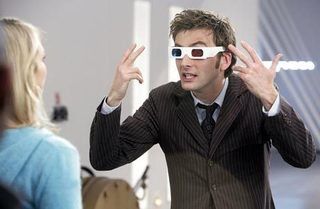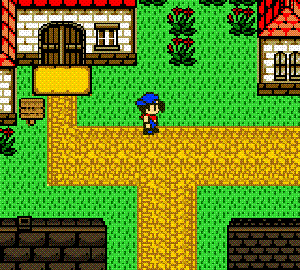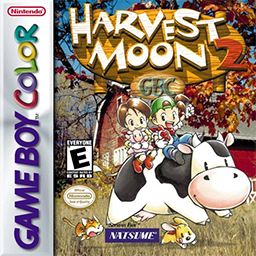So, first day back and I already managed to make myself look stupid. How basic a mistake is it to not save something in the right format? I am going to kick myself for weeks. Add another rank in idiot.
My graphics tablet is dead and I'm about ready to claw my eyeballs out. Don't get me wrong, I love pencil. Really. But I want to paint. I have wanted to paint ever since the damn thing gave up on me before Christmas, and now its frustrating. I just can't do what I want to do with a pencil right now, and it irks. Of course, once I order the replacement I will suddenly have no urge to pick it up for weeks on end.
Let's see... Something positive... Ah, my mice now hate me ever so slightly less. Maybe. And Santa brought me some cool stuff, but no one wants the run down of my girlie girlie non gamer presents.
Oooh, and my Grandmother had the next Cornwell book already. I know, its sad to borrow from your Grandmother's library, but we are talking about the woman who possesses the largest horror movie collection I've ever seen, and asks
me to keep her company at the newest sci fi and or fantasy films.
I nearly managed an anime free Christmas, a minor miracle considering I spent it with the Fiance's Japanofile parents. Then they made me sit through Death Eater twice (or tree times. Eugh.) and some other stuff that's warped into a vague blur of bright colours and panty shots. Don't get me wrong, I like
some anime. I am just a fussy, fussy viewer. Mostly its the art style that gets to me, if I don't like how it looks then I'll hate having to look at it for half hour.
The nerdy TV series of choice for this holiday was... dun dun dun the second series of Battlestar Galactica. Well, the second new series or something. Its complicated, it confuses me. Still, it was a good choice. Would you believe I picked up the tip to watch it at a Christian music festival? Well, its true. And I'm glad I did. Now just to source the next one and no one will see me for three days.
Still, despite the lack of artwork it wasn't a bad three weeks... I didn't break any bones, no new members of my family disowned me and I didn't mortally offend any further members of my Fiance's family.
Pretty good going.









